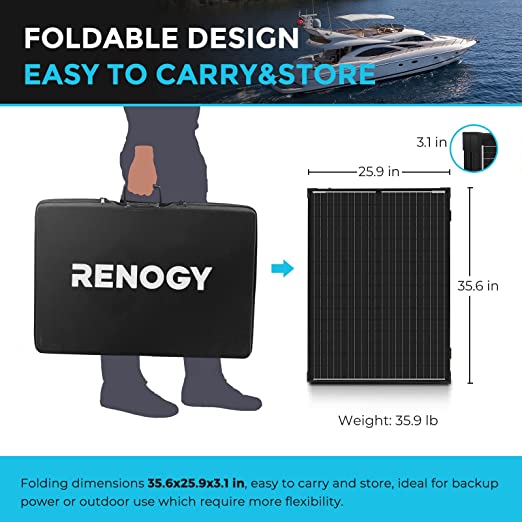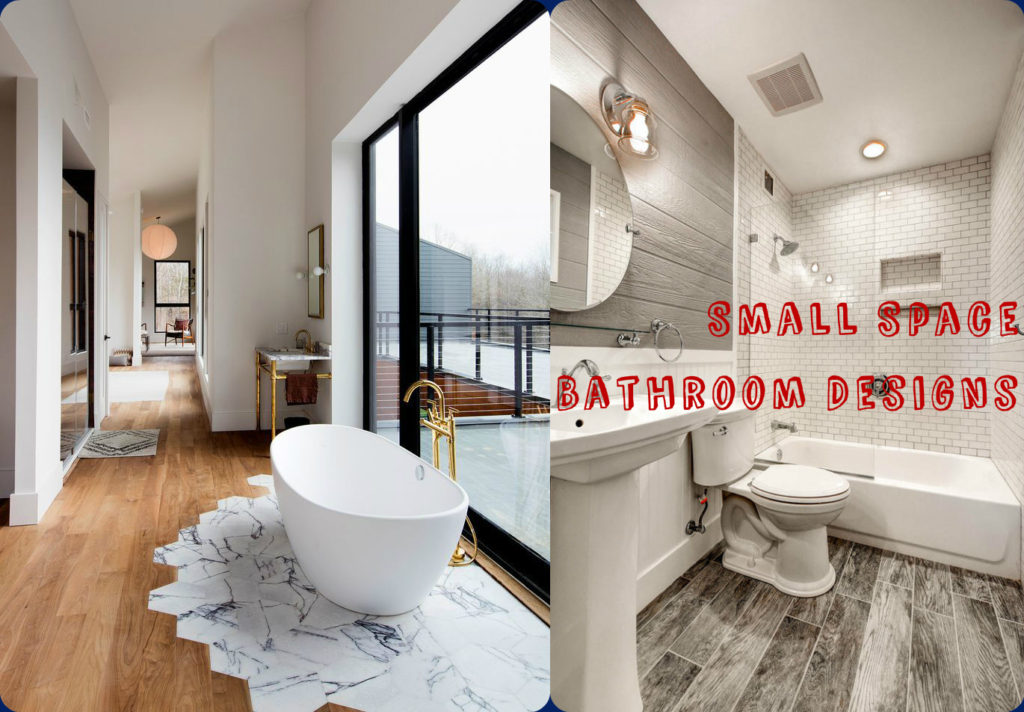Generally Speaking, A complete off-grid solar system consists of these components, a solar panel, solar inverter, solar battery, charging controller, solar power box and balancing of the solar power system. The solar panel is an interesting solution to obtain electrical autonomy at sea or at berth. However, choosing the right solar panel is crucial, as it is necessary to choose the most suitable panel for your boat and your needs. What type of solar panel should be chosen? What power level should be chosen? How will it be installed? Here is our guide with helpful tips to answer your questions!
What power of solar panels should be chosen?
Power is the most crucial element in choosing your solar panel. To choose the most appropriate solar panel, you must first define your power needs.
Step 1:
Take the consumption in watts (W) of all your electrical devices on board, which you can find on the device itself or in its user manual. If you can’t find the consumption in watts, you can multiply the current in amps (A) by the voltage in volts (V) to get the consumption. This value in watts is equal to one hour of use.
Step 2:
Multiply this value for each device by the daily usage time in hours to get a value in watt-hours (Wh).
Step 3:
Add up the usage in watt-hours for all of your devices to get your electricity needs.
Step 4 :
Divide your energy demand in watt-hours by the time your solar panel produces electricity to get the required panel power in watts. Take Germany for example, you can roughly estimate that a solar panel will produce the equivalent of 3 hours at 100% on average. However, this time varies greatly depending on your geographic area, weather conditions, and the positioning of the solar panel. Therefore, we recommend that you plan for a safety margin by taking a solar panel with a power output that is 15% higher than your needs. You can easily know your specific power need with the help of the Renogy solar-powered calculator Tool, Renogy is a famous brand manufacturer of solar panels, solar power stations, related solar accessories, portable consumer solar products and solar batteries. Since 2010, Renogy has been on a mission to change the way the world uses clean energy.
Example: For an energy demand of 300 Wh per day:
Panel power = 300 Wh / 3 hours (Germany) x 1.15 (15% safety margin).
In this case, a 115W solar panel would be adequate for this energy demand. Note: To be able to store the electricity generated by your solar panel, you need a slow-discharging battery with sufficient capacity (see our guide with helpful tips: How to choose the right marine battery). It’s equally important to use the right charge controller, which will provide a secure connection between your solar panel and solar battery ( such as 12-volt lithium battery or 48v), protecting your solar panel and battery. You may also choose a solar panel that is more powerful than you initially need, for example, to factor in the installation of new loads. In this case, you also need to think about an adequate battery and a charge controller adapted to your needs.
Flexible solar panel or rigid solar panel?
Rigid solar panels have the advantage of being more stable and durable than flexible solar panels because they have a sturdier, rigid frame and are generally thicker. They are the preferred option if you have a large enough flat surface or for mounting on a railing.
Flexible solar panels offer performance equivalent to rigid solar panels. They are especially suitable if you have an irregular or sloping surface. A flexible solar panel is actually semi-flexible, meaning it has a maximum bend angle that should not be exceeded. They are thinner than most rigid solar panels and are attached with screws or a suitable adhesive.
Renogy’s recommendation:
Both rigid and flexible solar panels can be used as portable solar panels, If you have the space, we recommend choosing a rigid rather than a flexible solar panel. They are usually better ventilated, which leads to a better yield, and due to their generally higher robustness, they are better adapted to the marine environment.
Monocrystalline or polycrystalline solar panel module?
Monocrystalline solar panel modules have a higher yield than polycrystalline modules. This means that a module with the same area will produce more electricity. It responds more easily to sunlight and will start producing electricity earlier in the morning and stop later in the evening. However, a monocrystalline solar module is sensitive to high heat, which reduces its efficiency. It is preferred in geographical latitudes with less sunlight and lower temperatures.
The main advantage of polycrystalline solar modules is that they are less affected by heat than monocrystalline modules, so it is much more efficient in summer than in winter. They are therefore well suited for marine applications in geographical latitudes with a lot of sunshine and very high temperatures.
Renogy’s recommendation:
Polycrystalline solar panels are primarily suited for use in the summer or for regions where it is hot all year round. If this case does not apply to you, the monocrystalline solar module is right for you. Even though it loses yield slightly in the heat, it remains a reliable solution in the summer. It will also allow you to have more electricity in less space the rest of the year.

SOLAR PANEL INSTALLATION
Circuits: If you have only one solar panel, the connection is quite simple. Simply connect the solar panel to the charge controller or battery with the appropriate cables. If you wish, it is possible to connect several solar panels together to achieve higher power production. The power in W is multiplied by the number of panels. You then have 3 installation options :
Series connection: you add the voltages (V) while maintaining the intensity (A).
Parallel connection: you add the currents (A) while keeping the voltage (V) constant.
Hybrid circuit: This solution is ideal if you need to install many panels. It offers you a mixture of series and parallel connections, combining the advantages and disadvantages of both options. In electrical engineering, the diameter of the cables counts. Depending on the cable length, power and voltage, you should choose the appropriate correct cable. Check out our guide on which cable you should choose for an electrical installation.
Installation:
On a boat, the best place for your small solar panels is on the railing. Using a special mount, you can avoid shadows and place your panel where it won’t bother you. Orienting your solar panel to the south will allow you to make the most of its capacities. For this reason, an adjustable support can be an interesting solution to be able to change the orientation of the solar panel according to the orientation of your boat. Your panel should be tilted at least 0° (flat) and at most 90° (vertical). However, it is recommended to tilt the solar panel between 20° and 60°, ideally 45°.
Renogy’s Tips:
When installing a solar panel, we always recommend installing a charge controller. This device ensures the protection of the battery and the solar panel, eliminates the excess energy generated and, depending on the model, ensures that the battery is fully charged as often as possible. Read our guides and our tips to find the right charge controller for you: How to choose a charge controller based on your solar panel.
In order to be able to store the electricity generated by your solar panel to power your devices throughout the day, you will inevitably need a slow-discharge battery. To find the battery that best suits your electrical consumption, you can read our guide and tips for choosing your marine battery.


















